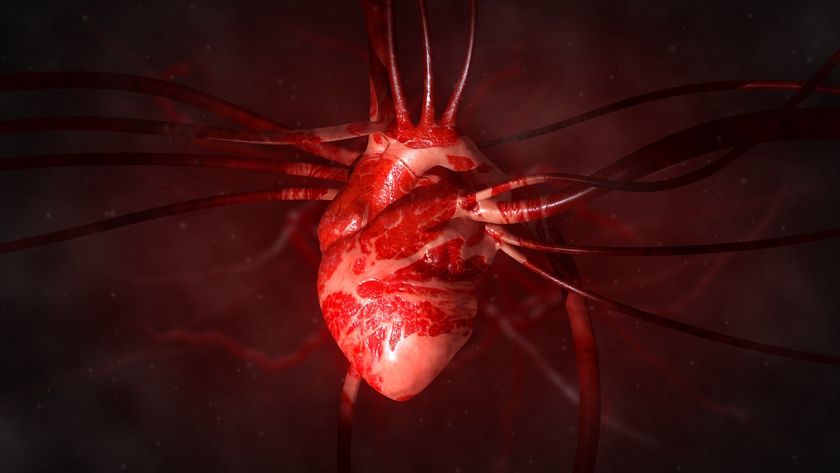Discovery Could Lead to Regrowing Tissue in Broken Hearts
The heart of a newborn mouse can heal itself completely, even when part of it has been removed, a new study has found.
In mouse hearts less than a week old, the cells that contract to make the heart pump blood, which are called cardiomyocytes, are able to divide, so they can regenerate heart tissue, said study researcher Dr. Hesham Sadek, assistant professor of internal medicine at University of Texas Southwestern Medical Center.
A week after birth, the cardiomyocytes lose this ability, Sadek said.
The discovery is promising for the development of future heart treatments, he said. If researchers can learn why newborn hearts have this ability to regrow tissue, they might be able to apply that knowledge to damaged adult hearts, such as those of people who've suffered a heart attack .
"The exciting part is we know where to look, we know when it happens and when it stops happening," Sadek said, referring to the ability to regenerate tissue.
The study will be published online tomorrow (Feb. 25) in the journal Science.
The adult heart
Sign up for the Live Science daily newsletter now
Get the world’s most fascinating discoveries delivered straight to your inbox.
When adult mammals sustain injury to their hearts , the organ can't heal by growing new, healthy tissue. Instead, a scar forms.
Researchers can study the differences between hearts that are young enough to regenerate healthy tissue and hearts that are past this point to find out why they lose this ability and what changes bring the loss about, Sadek said.
Cardiomyocytes are not stem cells, though they are somewhat similar in their regenerative ability, Sadek told told MyHealthNewsDaily. When stem cells divide, they can give rise to multiple types of cells. Cardiomyocytes, on the other hand, are heart cells that can stop contracting long enough to divide and give rise to new heart cells, he said.
In the regrown mouse hearts, 70 percent of the cells were cardiomyocytes, though it's unknown what kinds of cells comprised the other 30 percent, Sadek said.
Regrowing tissue
Sadek said that while stem cells probably play a role in adult tissue growth, it's safe to say cardiomyocytes accounted for most of the heart tissue regeneration in the study.
Other creatures, including amphibians and fish, are able to regrow lost or damaged limbs. Past research suggests sodium plays a role in limb regeneration. A 2010 study in the Journal of Neuroscience showed that severed tadpole tails can be regenerated by flooding sodium ions into the injured nerve cells.
Pass it on: A newborn mouse's heart can regrow damaged tissue. The discovery is promising for future heart disease treatments.
- Beyond Vegetables and Exercise: 5 Surprising Ways to be Heart Healthy
- Heart Disease Can Be a Serious, Silent Problem in Young Women
- 7 Major Advances Predicted for Health & Medicine in 2011
Follow MyHealthNewsDaily staff writer Amanda Chan on Twitter @AmandaLChan.












